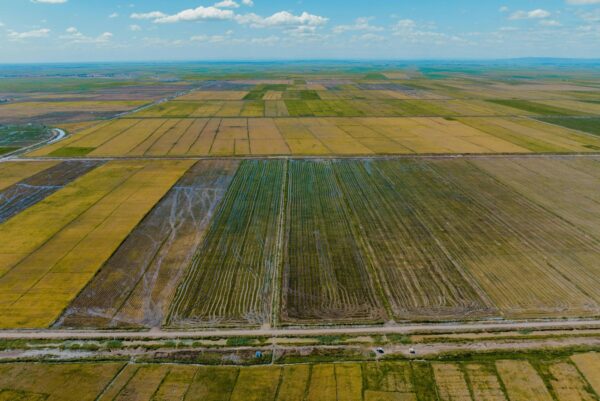Earth Virtualisation Engines (EVE)
Authors
Bjorn Stevens et al (incl. Quentin Lejeune and Uta Klönne)

To manage Earth in the Anthropocene, new tools, new institutions, and new forms of international cooperation will be required. The authors propose to make an Earth Virtualization Engine (EVE) as an international federation of centers of excellence to empower all people to respond to the immense and urgent challenges posed by climate change.
Fundamentally, EVE is about improving the quality and accessibility of Earth system data and doing so in ways that are just and equitable.
EVE envisions a world where everyone knows how climate and climate change affect them and where this knowledge empowers them to act. By generating entirely new and inherently better sources of information, EVE strives to catalyse a change in the broader ecosystem of data and services to deliver a just, equitable, and scientifically grounded basis for action.
EVE will be made up of international centers of excellence, each accessing outstanding computational and datahandling capabilities and each embedded within the rich and expanding landscape of climate-related data, experiences, and information. This will enable EVE to fill a data space with climate projections of much greater fidelity with local granularity, globally. It will link these projections, through a digital commons, to data describing the physical, biological, chemical, and social dimensions of the Earth system.
EVE’s digital commons will efficiently expose data to new (e.g., generative artificial intelligence (AI), augmented reality) methods of analysis and proactive information production. This will enable stakeholders to construct and interact with their own climate scenarios. EVE’s technical ambition will strengthen the capabilities of all sorts of communities to command new technologies – built on scientific excellence, transparency, and openness across disciplines – to rise to the specific challenges climate change poses for them.
EVE will add modeling capacity beyond the reach of most countries, let alone existing modeling centers. This capacity is urgently needed to improve model fidelity, to assess impacts, and to integrate observations, globally.











